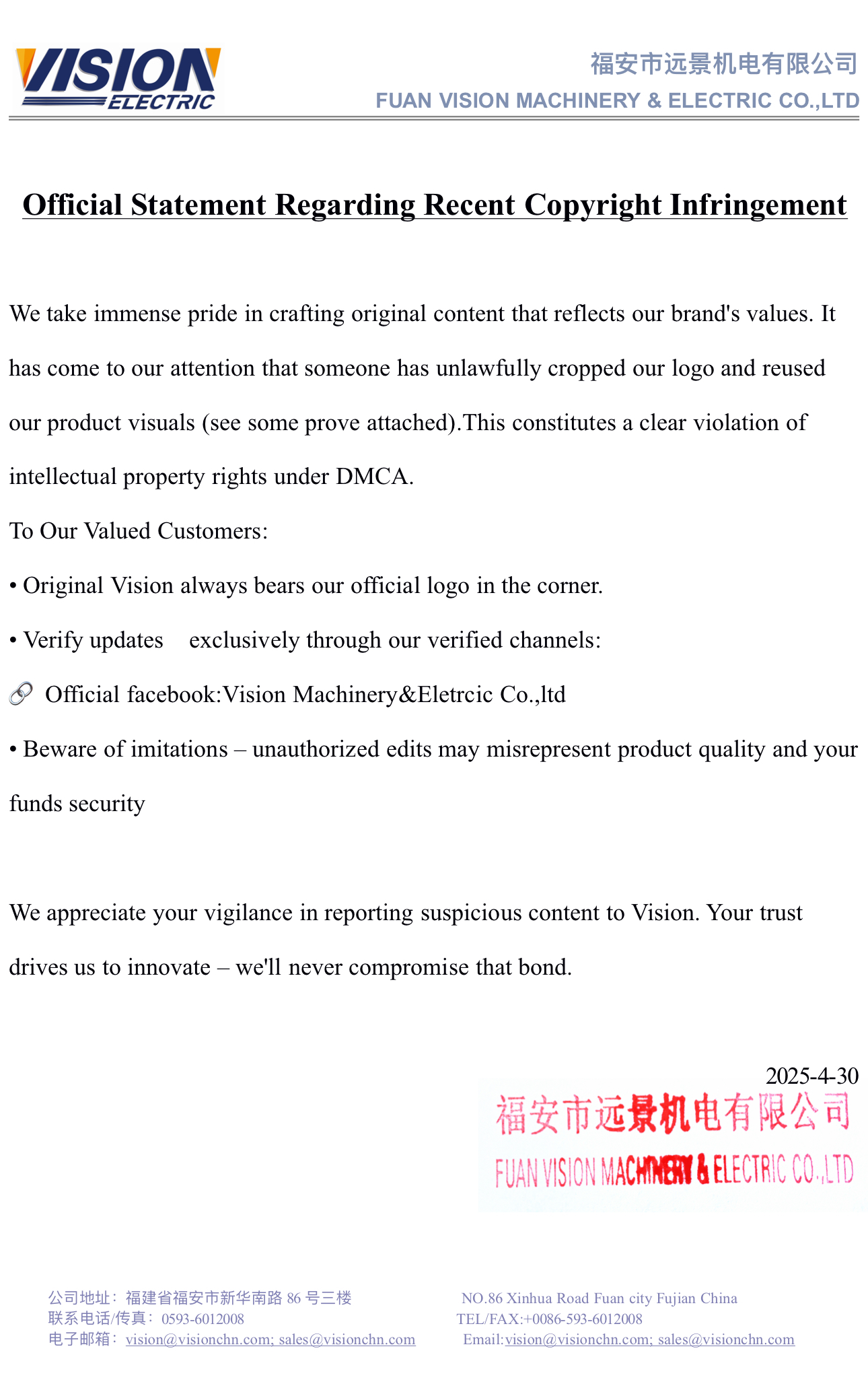In the realm of nutrition, trace minerals often play a silent yet pivotal role in maintaining overall health and well-being. These essential micronutrients, required in minute amounts, are crucial for various physiological functions, including enzyme activity, hormone production, and cellular repair. However, many individuals overlook their importance, leading to deficiencies that can have far-reaching consequences. This article delves into the best ways to obtain trace minerals, ensuring that you can harness their benefits for optimal health.
Understanding Trace Minerals
Before exploring the best methods to acquire trace minerals, it’s essential to understand what they are. Trace minerals include iron, zinc, copper, manganese, selenium, iodine, and molybdenum, among others. Each of these minerals plays a unique role in the body:
- Iron is vital for oxygen transport in the blood.
- Zinc supports immune function and wound healing.
- Copper aids in iron metabolism and the formation of connective tissue.
- Selenium acts as an antioxidant, protecting cells from damage.
- Iodine is crucial for thyroid hormone production.
- Molybdenum plays a role in enzyme function.
Given their importance, ensuring adequate intake of these minerals is paramount.
Dietary Sources of Trace Minerals
The most effective way to obtain trace minerals is through a well-balanced diet rich in whole foods. Here are some of the best dietary sources for each trace mineral:
- Iron: Red meat, poultry, fish, lentils, beans, and fortified cereals are excellent sources. Pairing iron-rich foods with vitamin C-rich foods (like citrus fruits) can enhance absorption.
- Zinc: Oysters are the richest source of zinc, but it can also be found in beef, pumpkin seeds, chickpeas, and lentils.
- Copper: Shellfish, nuts, seeds, whole grains, and dark chocolate provide ample copper.
- Manganese: Whole grains, nuts, leafy vegetables, and teas are good sources of manganese.
- Selenium: Brazil nuts are particularly high in selenium, along with fish, eggs, and sunflower seeds.
- Iodine: Seaweed, dairy products, and iodized salt are primary sources of iodine.
- Molybdenum: Legumes, grains, and nuts are rich in molybdenum.
Supplementation: When and How?
While obtaining trace minerals from food is ideal, there are instances where supplementation may be necessary. Factors such as dietary restrictions, certain medical conditions, or increased physiological demands (like pregnancy) can lead to deficiencies. Here are some guidelines for supplementation:
- Consult a Healthcare Professional: Before starting any supplement regimen, it’s crucial to consult with a healthcare provider. They can assess your individual needs through blood tests and dietary evaluations.
- Choose High-Quality Supplements: If supplementation is necessary, opt for high-quality products from reputable brands. Look for those that have been third-party tested for purity and potency.
- Follow Recommended Dosages: Adhere to the recommended daily allowances (RDAs) for trace minerals to avoid toxicity. For example, excessive zinc can interfere with copper absorption, leading to imbalances.
Lifestyle Factors Influencing Mineral Absorption
Even with a nutrient-rich diet, several lifestyle factors can affect the absorption of trace minerals:
- Gut Health: A healthy gut microbiome is essential for nutrient absorption. Probiotics and prebiotics can support gut health, enhancing mineral uptake.
- Cooking Methods: Certain cooking methods can either enhance or inhibit mineral availability. For instance, soaking and sprouting grains and legumes can improve mineral absorption by reducing phytate levels, which inhibit absorption.
- Avoiding Excessive Intake of Competing Nutrients: High doses of certain nutrients can interfere with the absorption of trace minerals. For example, excessive calcium can hinder iron absorption. Balancing nutrient intake is crucial.
Conclusion: A Holistic Approach to Trace Mineral Intake
In conclusion, the best way to get trace minerals is through a balanced diet rich in diverse, whole foods. While supplementation can be beneficial in certain circumstances, it should be approached with caution and under professional guidance. By understanding the sources, absorption factors, and the importance of these essential nutrients, you can take proactive steps toward achieving optimal health. Remember, a holistic approach that combines diet, lifestyle, and professional advice is key to unlocking the full potential of trace minerals in your health journey.



More Stories
How Oil Type Transformers Enhance Industrial Power Efficiency
Indoor vs. Outdoor EV Chargers: Choosing the Right 7kW Charging Solution for Your Home
Choosing the Right JA Solar Panel Model for Your Needs